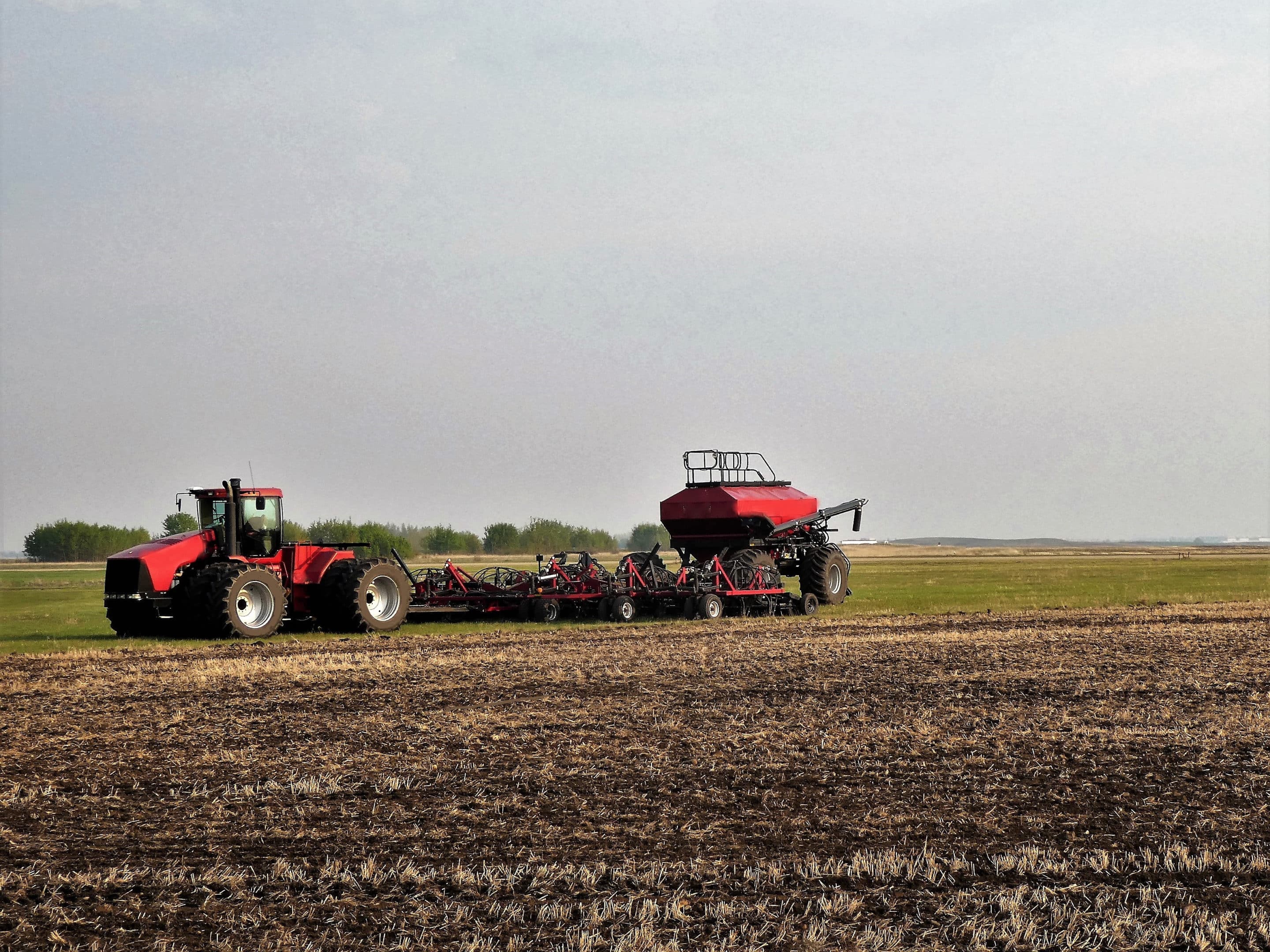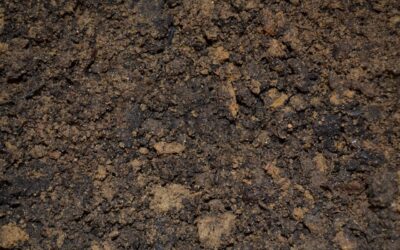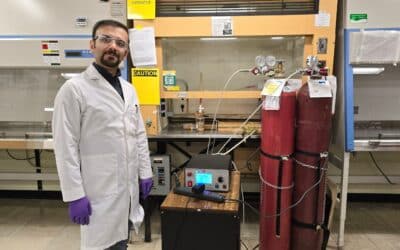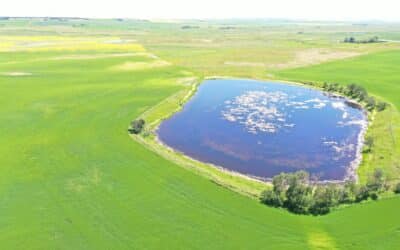Experts taught the difference between stewardship and sustainability.
Over the last few years in the United States, seed treatments have been placed under a microscope when it comes to regulatory discussions and news media discussions. Legislation has popped up in various states seeking different levels of seed treatment bans, which would remove a tool from grower customer’s toolboxes.
How’s the industry responding? With a renewed effort in seed treatment stewardship.
“When I think about stewardship, I consider it to be a component of sustainability,” says Justine Taylor, director of sustainability and stewardship with CropLife Canada. “It’s about ensuring and demonstrating our collective actions are having a minimal impact on both people and the planet — it’s more practice based and more prescriptive.”
Stewardship is a high priority for the seed industry. Through partnerships with growers, retailers and industry associations, seed companies are continuously working to educate those who handle treated seed about the importance of following the proper steps for stewardship throughout the entire life cycle of the seed.
“The good news is, we’re always working at trying to keep this top-of-mind with members and other various stakeholders throughout the industry stream,” says Matt Lewis, chair of the American Seed Trade Association’s (ASTA) Seed Treatment and Environment Committee and UPL’s U.S. strategic accounts lead. “Seed companies have always done a good job of telling the story about the importance of seed treatment stewardship.”
In particular, Lewis believes companies have been doing this education push both on an employee level and on a customer level, to ensure seed is growing in the ground safely.
In terms of ASTA, Lewis says the association continues to push for education, as education is one of the sure-fire ways to ensure seed treatments are used correctly.
“Seed treatment is one of the most efficient ways of applying a pesticide,” he says. “We’re putting milligrams of active ingredient on an individual seed versus pounds of pesticide on an acre.”
Making sure you’re following accreditation programs as a seed treatment operator and applicator helps enhance safe applications as well. CropLife Canada delivers a seed treatment stewardship program in Canada that focuses on the safe application of seed treatment products. Ensuring containment is in place, proper fire separation and ventilation requirements are met and signage is in place, are all important in your setting up your application sites. In addition, ensuring protective equipment is available, appropriate Standard Operating Procedures (SOPs) are in place and ensuring employees have the correct training for seed treatment application is part of a robust health and safety plan and also a critical component of stewardship.
Taylor’s advice, based on activities that underperform as part of the accreditation program, is to focus on activities related to ongoing tasks.
“Maintaining equipment on a regular basis, updating emergency response plants and even simple things like your monthly fire extinguisher check are all important,” she says. “Once people are finished with the audit, those items tend to fall by the wayside which is just human nature. I really encourage operators to think about how they can incorporate those activities into their work plan, so they become scheduled events.”
On the farm level, following instructions is imperative for stewardship.
“Whenever you buy a bag that has seed with a treatment on it, it comes with a tag or label with instructions on how to use it, store it and dispose of it,” says Lewis. “If we follow that, we’re really doing our best job we can do. Lately, one of the things that has popped up in the news is seed spills. We want to make sure that if any seed spills on the ground, you get it cleaned up or buried so it’s not accessible to wildlife.”
Though following SOPs and labels seems like it would be easy, both organizations noted that constant education and updates on the seed treatment stewardship front is important.
“When we talk about stewardship, I like to think about what the alternatives are,” Lewis says. “These seed treatments bring yield and crop protection at a fairly low cost. If you think about the environment, if we had to go back to using some older classes of chemistry that are soil applied, they are less selective and less efficacious in many cases. It’s all about that freedom to operate and make sure we’re doing the pieces we need to do to be able to continue using these important tools.”
Want to watch the full conversation with Justine and Matt? Catch up at
Read More Seed Speaks:
Does Modern Networking Require New Skills? Find Out on Seed Speaks





